Yoga for High Blood Pressure. Taden breathing (Left) and Shambhavi Mudra (Right) by Yogaguru Suneel Singh.
Every living animal on the planet has blood pressure; there is no exception to this rule. The blood flows through the body with a certain pressure, but if the pressure is higher than the normal range then it is a disease, which is called High Blood Pressure.
For the blood to reach all parts of the body, it has certain pressure. This pressure is created because of contraction of heart. Sometimes for various reasons these blood pressure increases, for example fearful situation, anger, anxiety, excessive thinking, mental tensions or even for physical exertion. During these situations the heart comes under extra workload. But when the situation changes and comes to normal, so also the blood pressure. This temporary change in Blood Pressure is not disease but when this Blood pressure remains high always, it becomes a disease. It is known to be a silent killer. If not detected at an early stage, it may lead to arterial cardiac and renal damage. Nevertheless, hypertension can be detected if people experience some mild and pounding headache, giddiness, hazy vision, ringing in the ears, and disturbed kidney functioning. If experienced continuously, it may lead to heart attack, heart failure, and stroke.
CAUSES OF HIGH BLOOD PRESSURE
There are two types of problems. One is physical & the other is mental.
PHYSICAL CAUSES
Narrowing of arterial lumen.
Increase in cholesterol level in the blood.
Obesity.
Heredity.
Liver or Kidney problem.
Excess use of non-vegetarian items and wine.
Too much spicy or oily food.
MENTAL CAUSES
Our mind is very sensitive .Heart beat increases in emotional people very quickly due to anxiety, anger & fear etc. It causes mental tension so then a rise in blood pressure too. Materialistic living provokes tension even on very minor issues which gives us tension & anxiety frequently and further results in High blood pressure.
Read: Yoga and Arthritis
The following are the Yoga practice (abhyas) you may follow to help you manage High blood pressure. Note that Yoga is not the only treatment for high blood pressure, Seek doctor’s advice before starting Yoga practices.
1. TADAN BREATHING OR AJGARI MUDRA: Sit down in Padmasana or Sukhasana. Now In hale from both the nostril slowly while inhaling expands your abdomen make a pot belly. Hold your breath for 5 seconds then exhale from your Nose and pull your stomach in while exhaling. Do it ten rounds.
2. SHAMBHAVI MUDRA:
Sit in any comfortable meditation pose keep the head, shoulder and spine upright and straight. And place the hands on the knees in (Jyana Mudra). Close the eyes and relax the whole body. Now look up word and in ward, focusing the eyes at the eyebrow centre. Hold the gaze as long as you are comfortable. Release if the slightest sensation or strain. Close the eyes and relax them. Try to do 5 minutes daily.
BENEFITS: This Mudra strengthen they eyes muscles and release accumulated tension in the area. It develops concentration, mental stability and the state of thoughtlessness. All ailments headache, high blood pressure, sleeplessness, excessive sleep and eyes complications are cured.
CAUTION: People suffering from cataract surgery, glaucoma and eye operations should not perform Shambhavi mudra. For advance practitioner it is a powerful technique for awakening Agya Chakra.
3. SAHAJ DHYAN: Sit in padmasan or Sukhasana. Sit quietly relax your body, breath slowly and deeply and say “I am clam” each time you exhale. Do not try to chase thoughts out of your head; in fact, don’t try to do anything. Practice for five minutes at a time, gradually building up to 20 minutes. ‘sahaj dhyan’ (easy meditation) performed regularly, the relaxation response slows breathing, calm brain wave patterns and lowers blood pressure.
4. YONI MUDRA: Sit in padmasana or sukhasana stretch out both palms and bring then to your face. Close your eyes with the help of the index finger without pressing them. Put your finger on either side of your nose, upper lips and lower lips, respectively, both your ears must be pressed lightly with the thumbs. But your eyes and nose must not pressed; feel the emotions within you and concentrate on your breathing. Relax the whole body. The breathing will be deep but gradually it will become quiet and shallow. Do it 5 to 10 minutes daily.
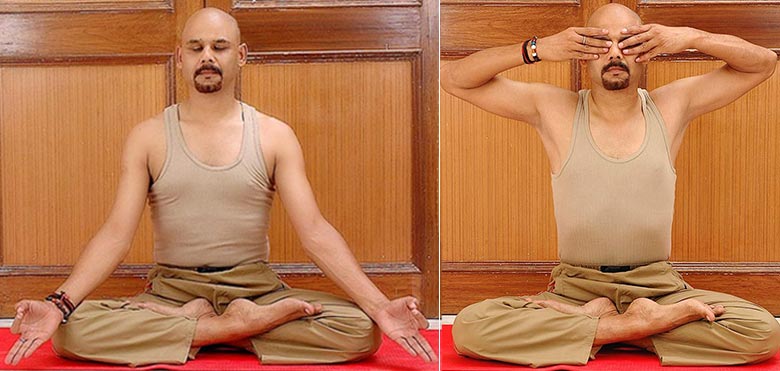
Sahaj Dhyan (Left) and Yoni Mudra (Right).
BENEFITS: Look at the tortoise, when it feels that something is disturbing it from outside, it withdraws its head, legs and tail from the object and shut itself in Yoni Mudra and control the external senses. It develops calmness, steadiness and the balance. This mudra also helps to increase awareness and concentration.
Read: Several ways of doing meditation
5. SHEETALI PRANAYAM:
The word “sheetali” means cooling in Sanskrit; it is taken from the original word “Sheetal” which is soothing or cold. The practice of sheetali breathing calms the mind, reduces the stress or fight – flight response. It cools the body and mind.
Sit in padmasana or sukhasana. Put both your hands on knees in Gyan Mudra. Try to concentrate your breathing. In this pranayama the tongue is rolled in a specific manner as shown in figure. Inhale deeply through it with a sound, close your eyes, hold your breath and exhale. This is one round. This should be practiced at least ten times.
BENEFITS:
This pranayama is helpful in high blood pressure and also calms down our anger. It cures constipation, skin diseases and the problems related to liver.
NOTE:
The people suffering from cough should not do this pranayama. The patients suffering from asthma and tonsillitis should do it under the Yoga guru.
6. SHAVASANA: Lie down on the floor on your back, keep the legs straight on the floor with feet apart by about your shoulder width. Keep the arms straight by your sides with hands placed about six inches away from the body. The head ad spine should be in a straight line. Close your eyes gently. Make the whole body loose and stop all physical movement, mentally watch your breathing and allow it to become rhythmic and relaxed.
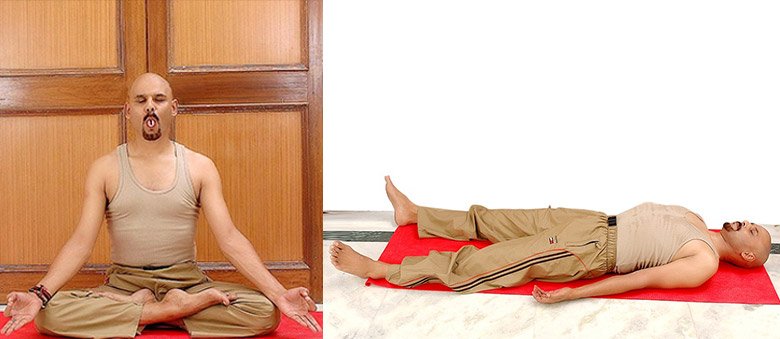
Sheetali Pranayama (Left) and Shavasana (Right).
BENEFITS: This asana leads to remove physical and mental fatigue. The breathing becomes more regulated and controlled naturally. This asana improves optimum capacity of lungs and intake of oxygen. Relaxation helps to open up blocked arteries and thus helps to improve cardiac functions.

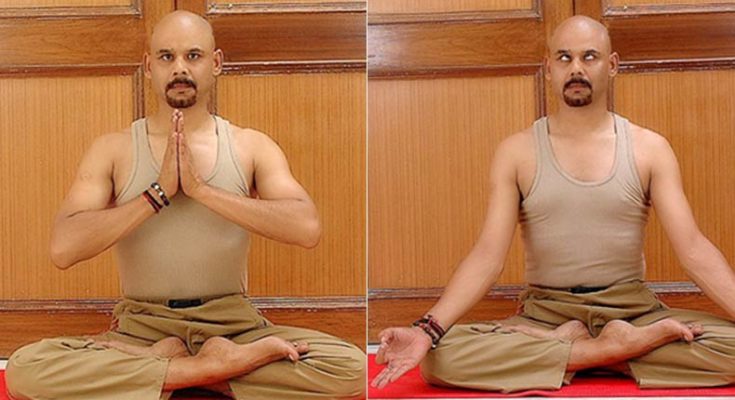

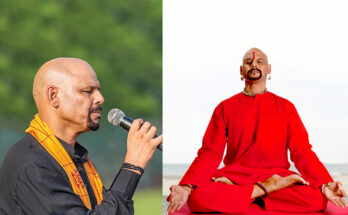
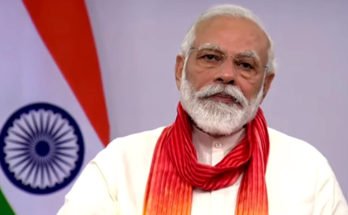
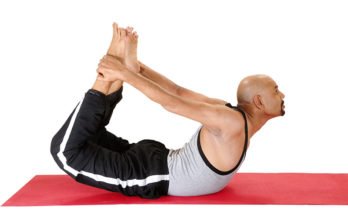
I am just unclear where you’re getting the information, but great topic.
I must take some time learning more or understanding more. Thanks for excellent info I needed this information for my mission.